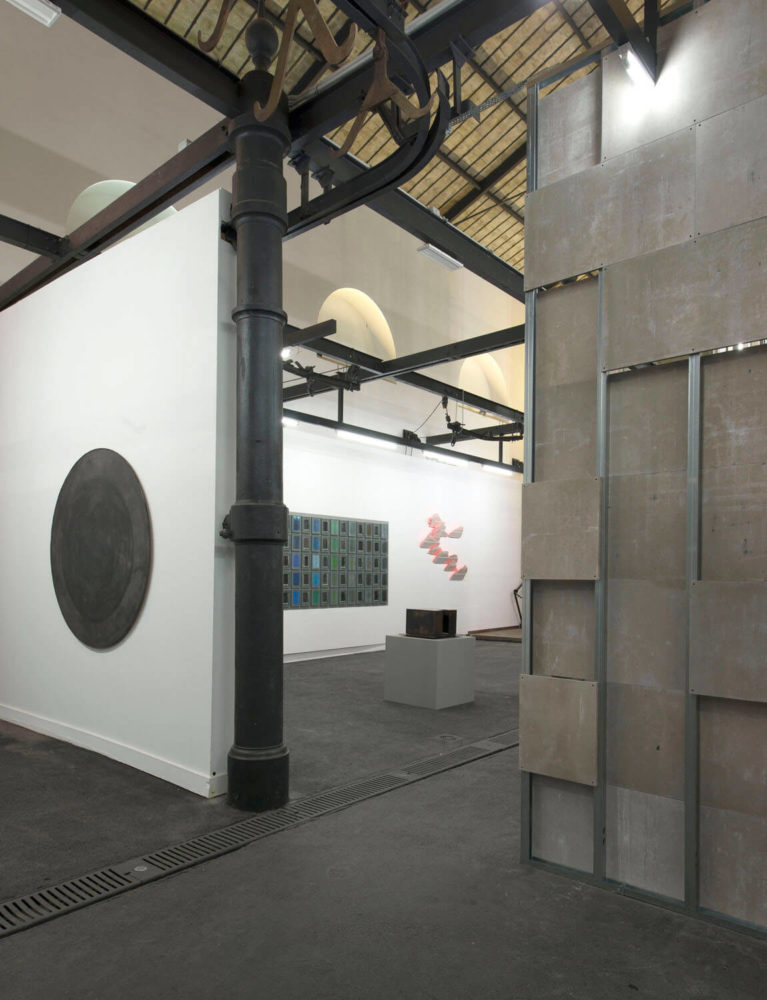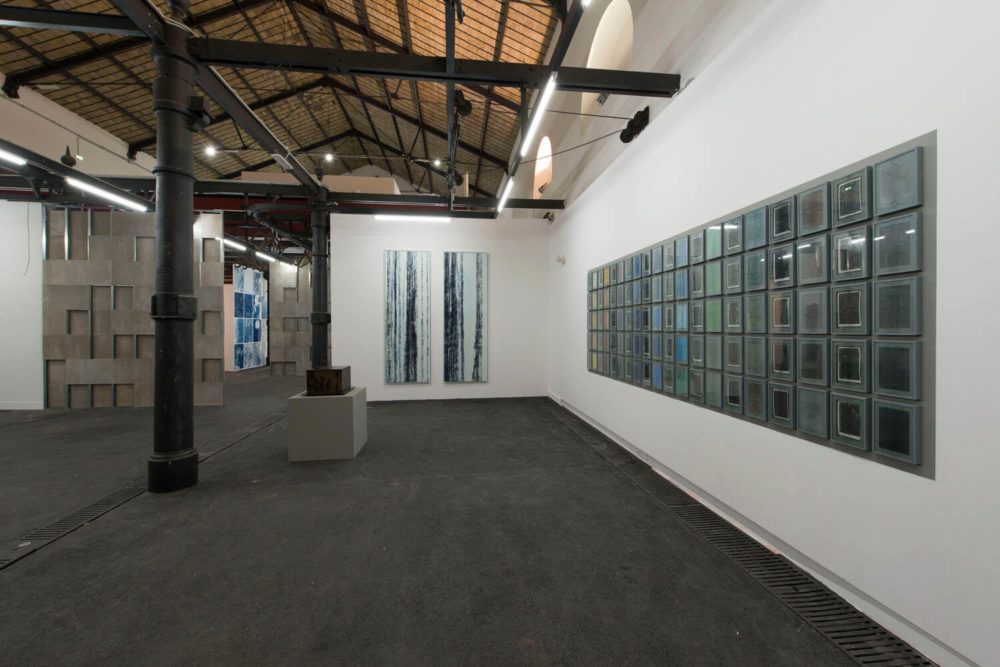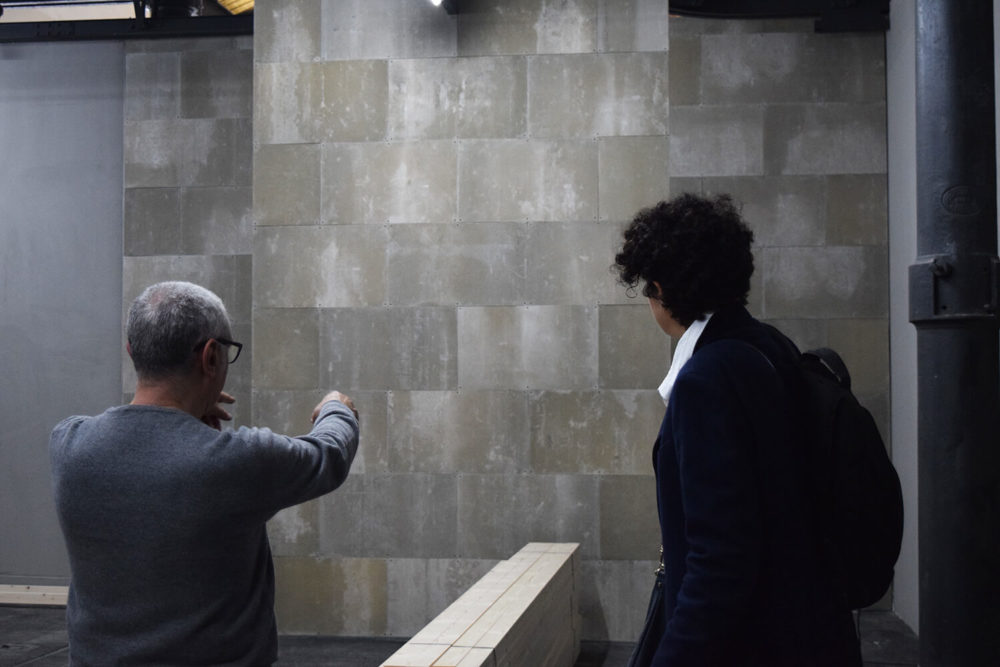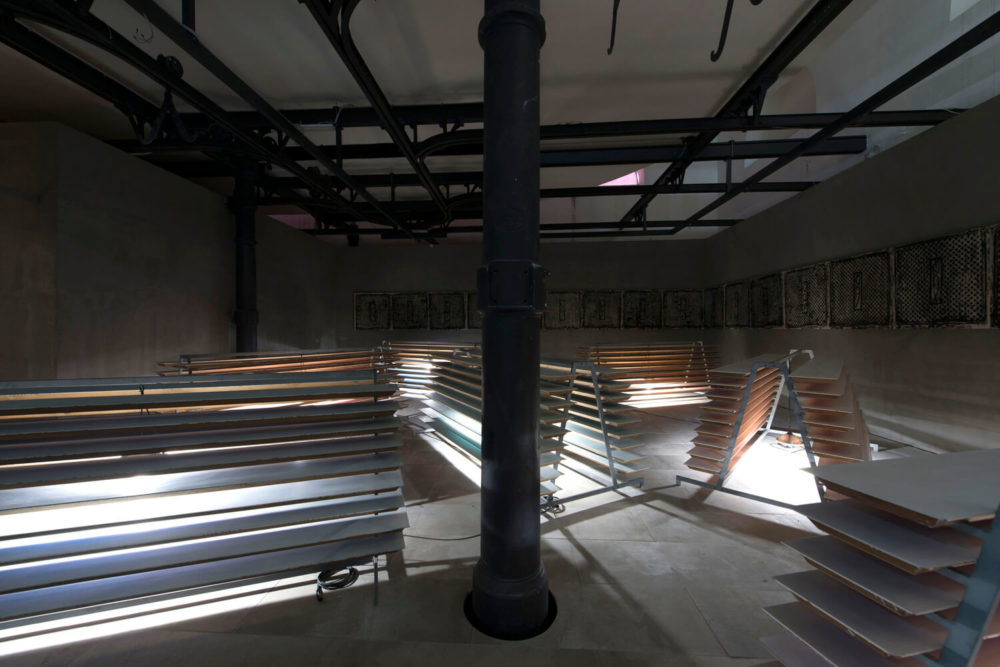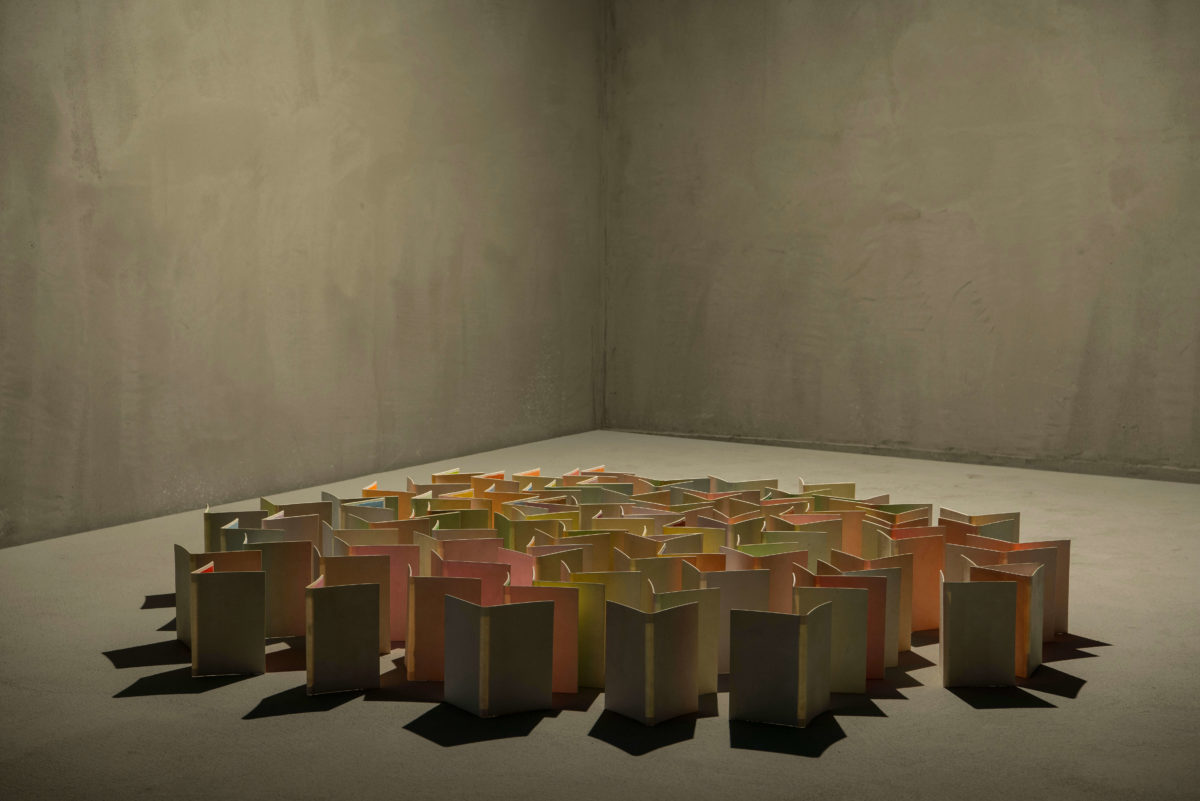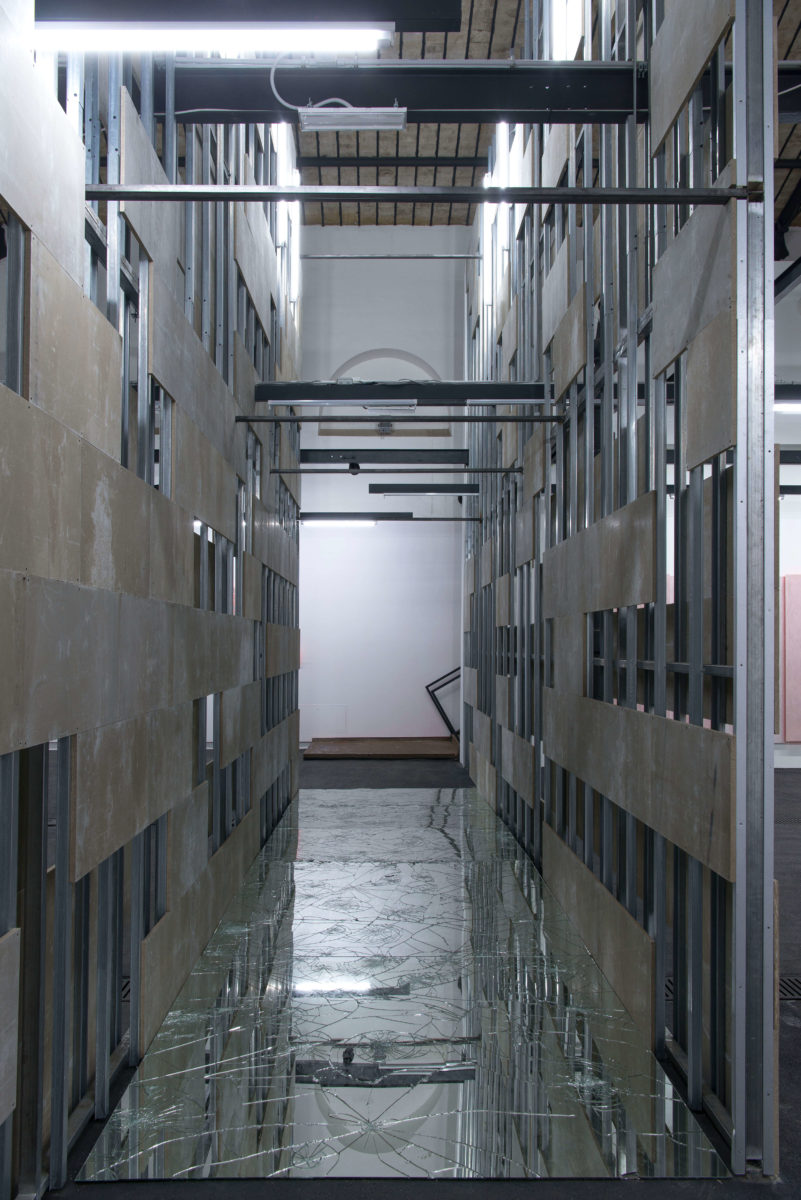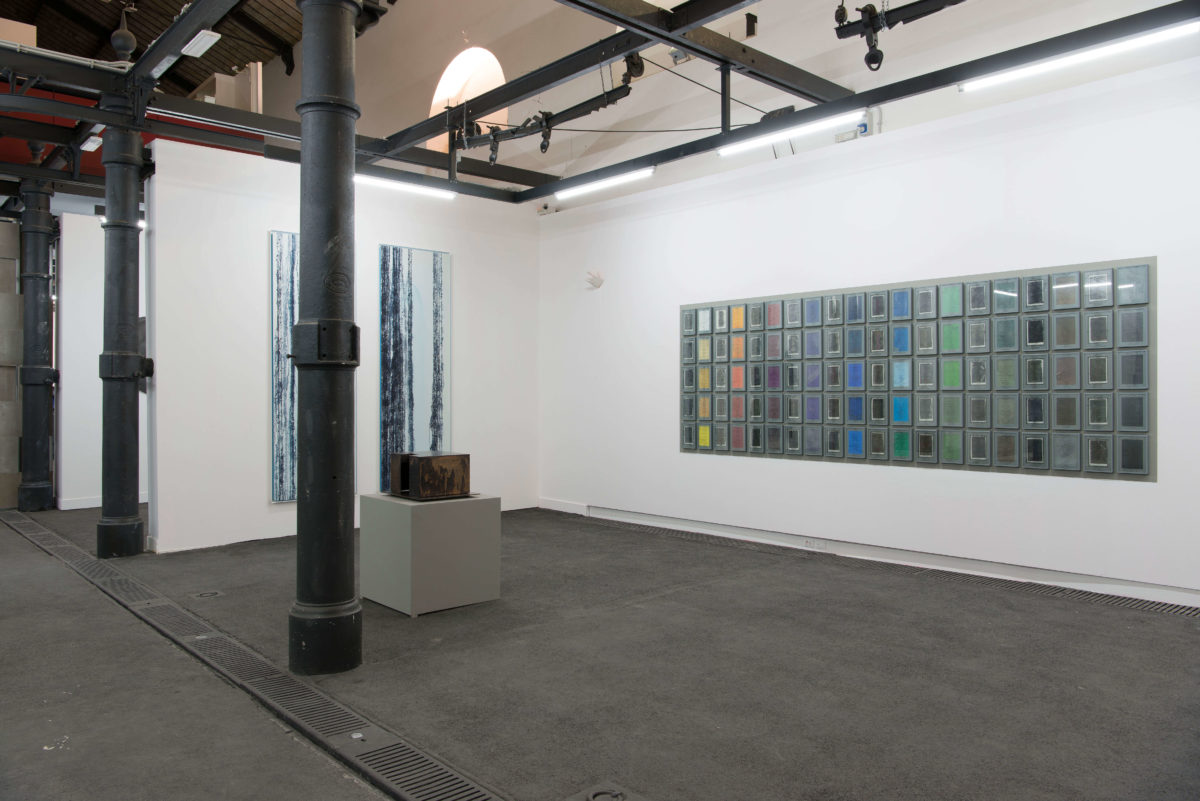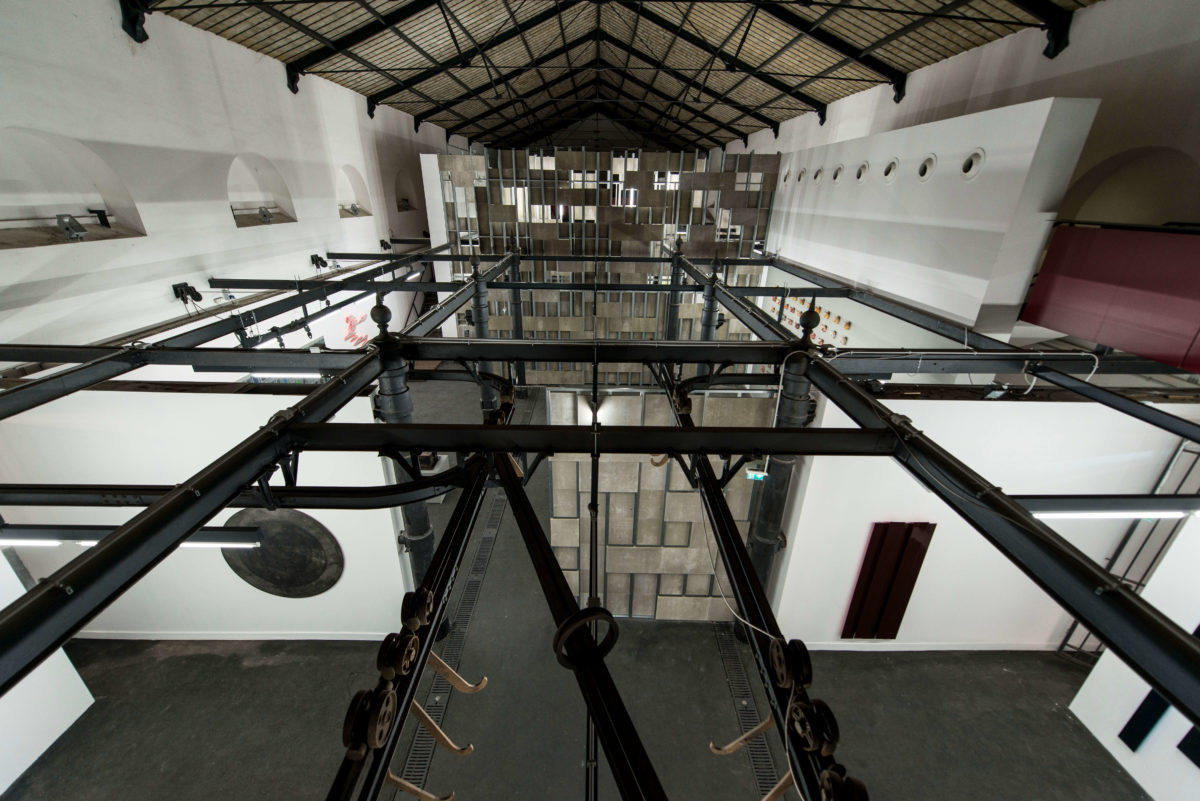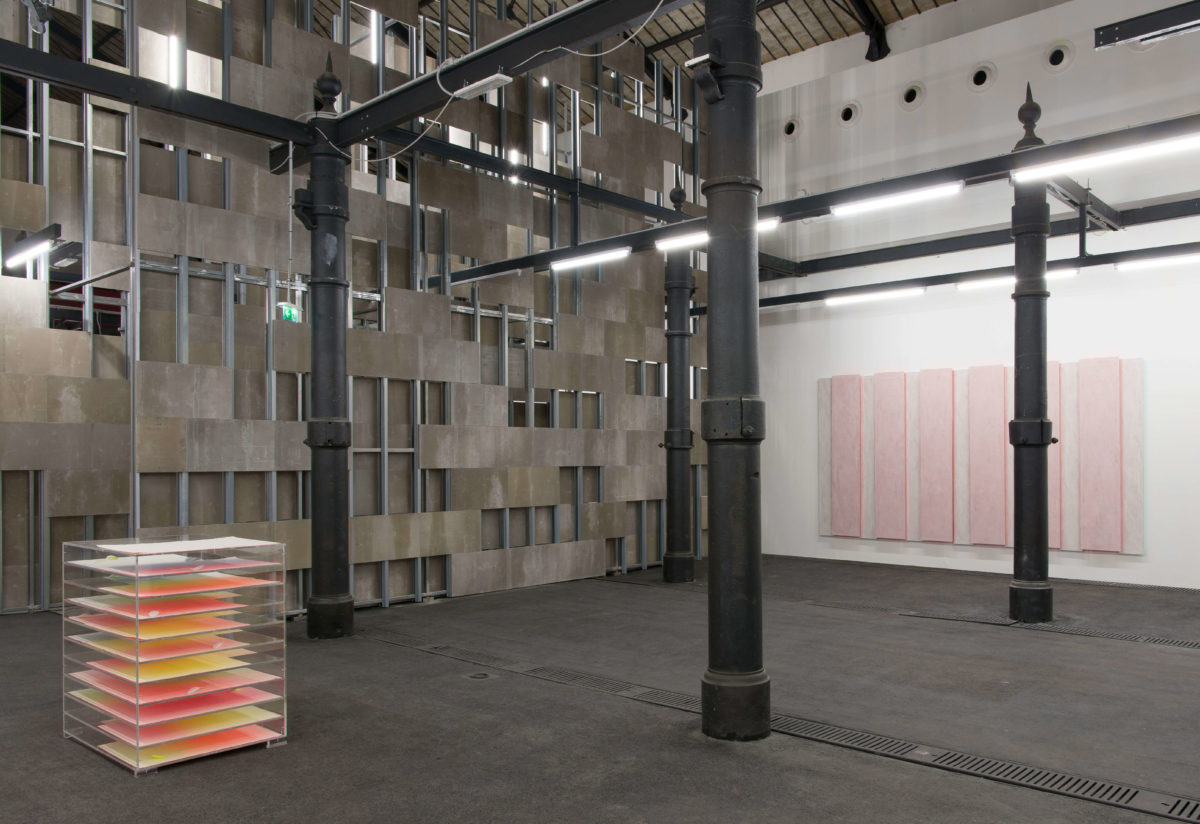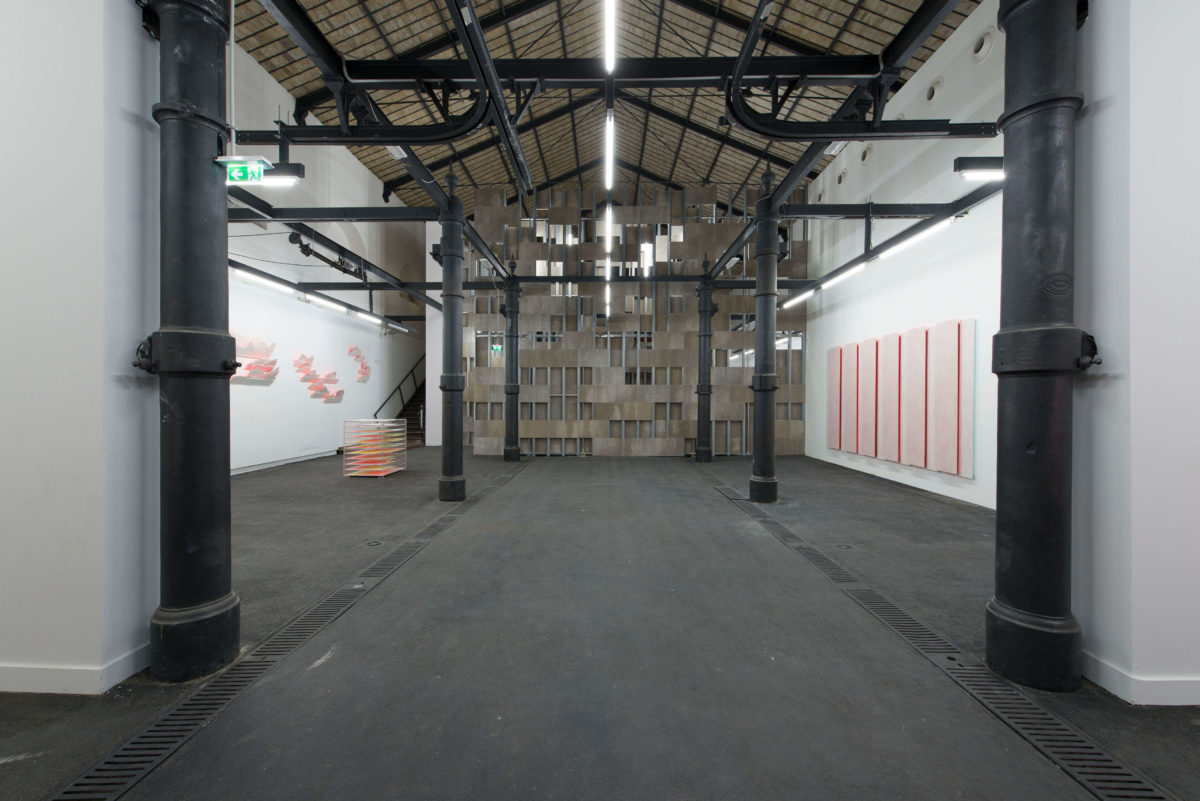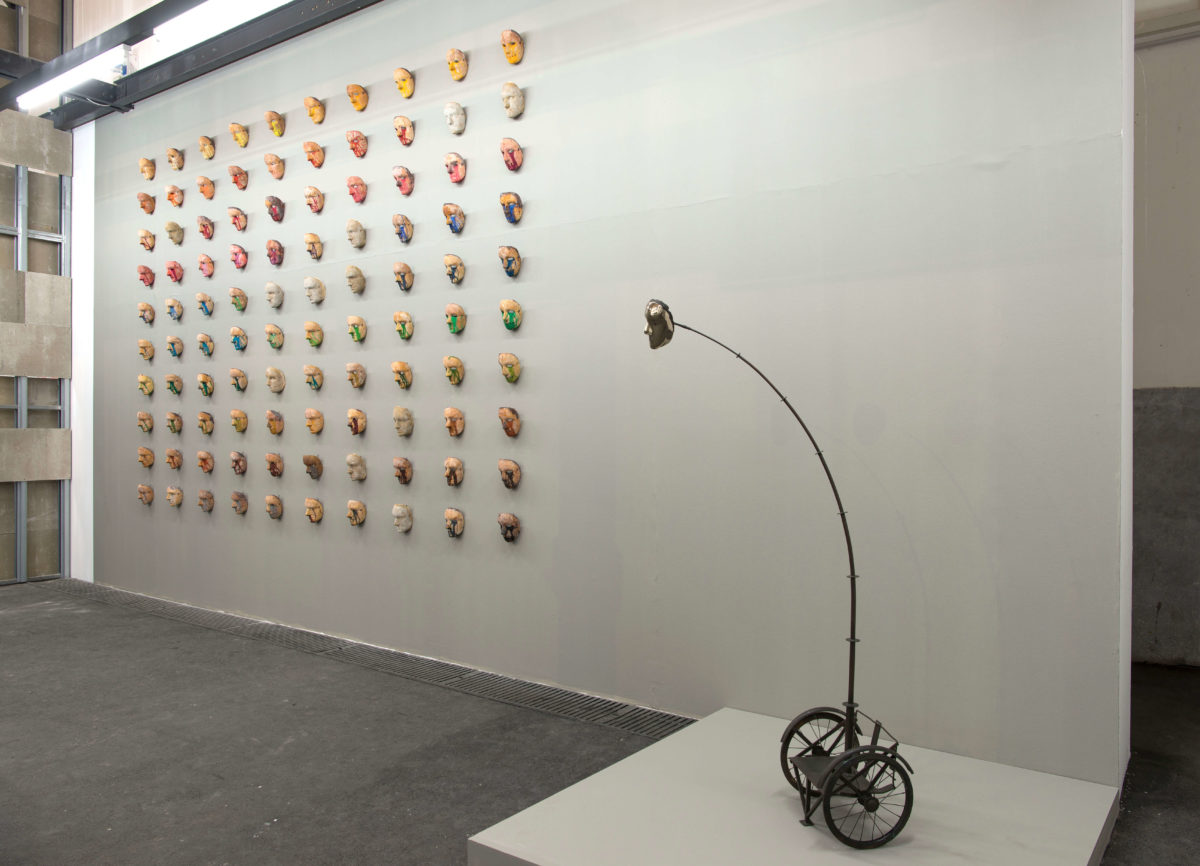This website uses cookies so that we can provide you with the best user experience possible. Cookie information is stored in your browser and performs functions such as recognising you when you return to our website and helping our team to understand which sections of the website you find most interesting and useful.
A project by Alfredo Pirri
Curated by Benedetta Carpi De Resmini e Ludovico Pratesi
11 April 2017, MACRO Testaccio, Rome
The first anthological exhibition dedicated to Alfredo Pirri held at the Macro Testaccio represents the final stage of the project I pesci non portano fucili. The title of the project was chosen by Pirri himself as a homage to Invasion, written by Philip K. Dick, in which the author imagines a society as disarmed and fluid as the sea. An open space in which to immerse and re-emerge, giving shape to multiform events. The project is proposed as a possible new model of cultural network, in which each institution involved is autonomous but at the same time in dialogue with the others.
As the curator Benedetta Carpi de Resmini explains: “Alfredo Pirri has experimented with multiple expressive languages, ranging from painting to sculpture, from video to performance. But it is above all his conception of the space-time relationship that presents itself to the spectator as a palingenesis: a new vision of reality and the city. The architectural space is thus transformed into a support-canvas on which Pirri “paints” voids and solids, lights and shadows, in a meditated metamorphosis that enhances its chromatic, conceptual and symbolic values”.
EXHIBITION
The exhibition i pesci non portano fucili brings together 50 of the most significant works created by the artist throughout his career, emphasising the rhythmic alternation of fluidity and fixity. Indeed, the sudden changes in technique become an allegory of a mental time marked by the distinctive elements of the artist’s research: space, colour and light.
The artist deals with the theme of the city, as an urban agglomeration but also as a place of sharing, through a reworking of architectural space, here divided into two parts. Thus, acting as a link between the two sections, the work Passi takes on the value of a threshold. In fact, it is a site-specific installation consisting of floors of mirrors that shatter under the steps of the artist and the observer. The work thus triggers deformed narratives that promote a dialectical dialogue with the surrounding space, its nature and history.

